I would like to introduce you to Theater of Operations (ToO). On the surface it appears to be like most WWII operational level wargames, but it doesn’t take long to realize this title has a number of unique qualities that set it apart from others in this genre. Players take control of either the Axis or Allied forces as they battle in 1944 through the hedgerows of France, the Soviet steppes, or the mountains of central Italy. In each scenario you will direct the forces under your command to crush your foes.
But what sets it apart? To start with ToO will allow multiplayer (up to 8 players) to be assigned various command roles in each scenario. Next ToO will allow players to fight out tactical engagements “manually” using however they wish, and input the battle results back in to ToO. These aspects are discussed in far more detail below. First I will go over the core game features. A comprehensive video can be viewed here:
Core Features
* Operational level combat as the Allies or Axis in the European Theater of Operations in 1944
* PC/Mac (mobile platforms planned for future release)
* We-go style of turn based play (explained below)
* A detailed combat resolution system
* Scenarios can be small (a few kilometres of land) to huge (thousands of kilometres of land)
* Scenario editor to allow user created scenarios
* Typical unit size: battalion, some company-sized
* Accurately depicted units based on actual tables of organization
* Players can organize powerful battle groups of units to perform assigned tasks
* Artillery units can perform missions to interdict enemy units and movement, counter-battery, and battlefield support
* Engineer units can bridge rivers, lay mines, clear mines, and fortify units
* Limitations due to command and control (or lack thereof)
* Fatigue, casualty levels, unit cohesion, supply levels, equipment levels, and more are tracked for every unit
* Detailed supply system to create real life limitations to commanders
* Various terrain and weather impacts
* Fog of war
Unique Features
ToO will allow up to 8 total players to be assigned command roles. If a given side has more than 1 commander, then additional players are assigned command roles as subordinate commanders. For example, if a player is commanding a corps sized force that contains two divisions of troops, then additional players may be assigned roles as division commanders, and/or regimental commanders. Subordinate commanders are only responsible for the troops under their command. There is no hard limit to the number of roles a given player may be assigned. There will also be flexibility to allow role reassignment after the game has started. This can add lots of exciting possibilities for your war gaming experience! You can watch our video on command roles for a more thorough explanation
The other major unique feature is that players may opt for battles to be played out using other tactical level games instead of using the in-game battle resolution system in ToO. ToO will produce battle data to players (we call it an order of battle) to allow them to manually resolve tactical battles whenever they wish. Players may use whatever game system they want (other computer games, miniature battles, board games). Once the tactical battle is complete, players can input the battle results back into ToO. This means that ToO can act as a dynamic campaign layer for players who enjoy tactical level games. This aspect also creates lots of gaming opportunities, just use your imagination! You can watch our video on tactical battle resolution for a more thorough explanation
Game Scope
The base game will contain scenarios in Normandy, Italy, and Eastern Front in the summer of 1944. The game scope will be expanded by DLC to different areas and time periods. I hear the groans now about DLC, but if you don’t want to play in North Africa of 1942 then simply avoid this DLC. Only buy the area and time periods that interest you!
Game Play
Players take command of Axis or Allied forces (primarily but not limited to German, US, British and Commonwealth, and Soviet troops) and re-write history. A great amount of detail and analysis has been included to help simulate military operations. Players are rewarded for carefully planning their actions and taking calculated risks. Players will have to deal with real life limiting factors such as terrain, weather, fatigue, supply, time and space planning factors, and random SNAFU’s to name just a few.
Play will be scenario based with each side attempting to meet their assigned victory conditions. Scenarios can range in size from a small regimental engagement all the way to commanding multiple corps of troops and everything in between. Scenarios can last a few hours to weeks covering a few kilometres or thousands of kilometres of land. Game map granularity will be 100 meter “tiles” which will allow dynamic unit movement and placement at the operational level. The game will include a scenario editor that will allow players to create their own scenarios.
Players can issue various orders to the units under their command, and units will attempt to carry them out to the best of their ability. Many unit types can be split apart and organized with other units to create a hybrid unit called ‘battle group’. It can be a combined arms force that is issued orders like any other unit and sent in to combat.
What is “We-go” style gameplay?
We-go style means there are 2 phases to each turn: Orders Phase and Action Phase. During the Orders Phase, players simultaneously issue new orders to their units while the game action is paused. Once all players have completed issuing orders the Action Phase commences. During the Action Phase players may only watch as units attempt to execute their orders until the turn ends and a new Orders Phase begins. Staff reports will be provided to help summarize key events during the previous Action Phase.
Where the Project Stands Today
In short we are early in the development process. The game concept and design is advanced and is ready for formal beta testing, however the actual computer coding is not very far along at all. I will explain in greater detail at a later time, but the level of complexity with the project means we need to acquire a funding source to dedicate full-time programming. We are always interested in talking to people that are eager to help that have any sort of computer development related skills (programming, art or sound), or people with lots of money looking to donate to the cause! ;)
Future Plans
Once the base game is ready for public sale and enough DLC is prepared to go with the initial release, providing greater amounts of DLC will be the initial priority. We will also look at getting mobile development underway just as soon as possible. If ToO sells well enough, Steve at Battlefront.com has indicated on their forum that they are willing to join forces in an effort to allow their Combat Mission series of games to interface directly with Theater of Operations. See for yourselves on the BFC forums: http://community.battlefront.com/topic/109632-operational-level-game-announcement/page-3#entry1444644
As ToO matures additional titles can be prepared. Some examples would be a companion game covering the air war in WWII, and different time periods for Theater of Operations (perhaps Cold War).
By
Matt McCoppin (In Part 2 I'll talk in detail about the development journey so far. Coming soon)
ToO Website Link
Part 2 published










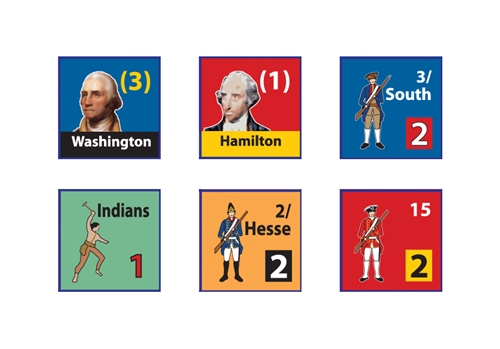



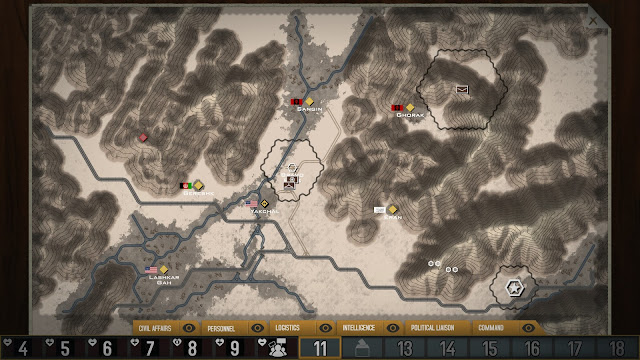
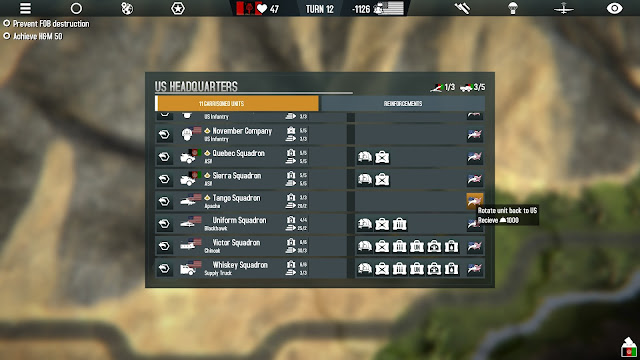





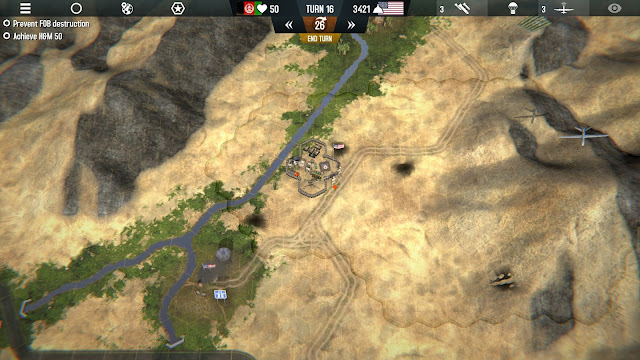
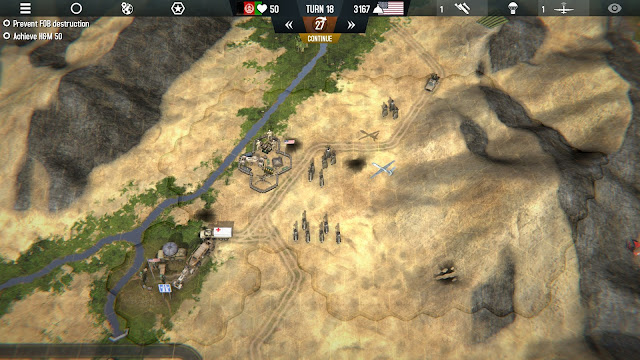



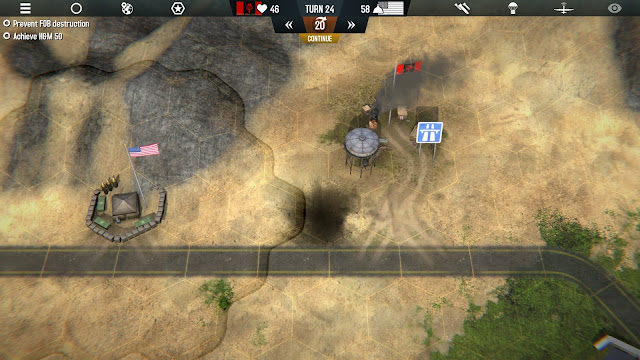








Follow Us